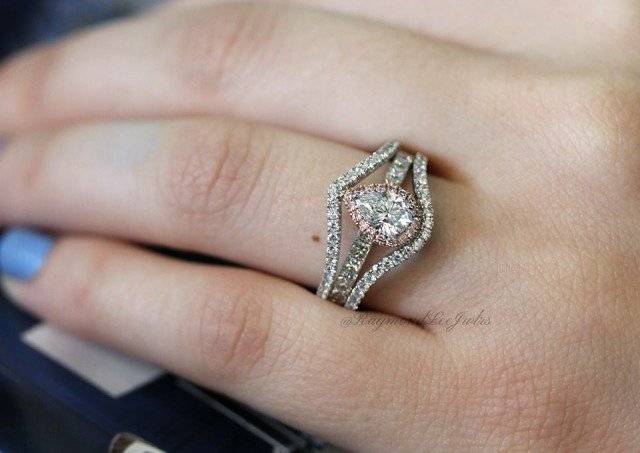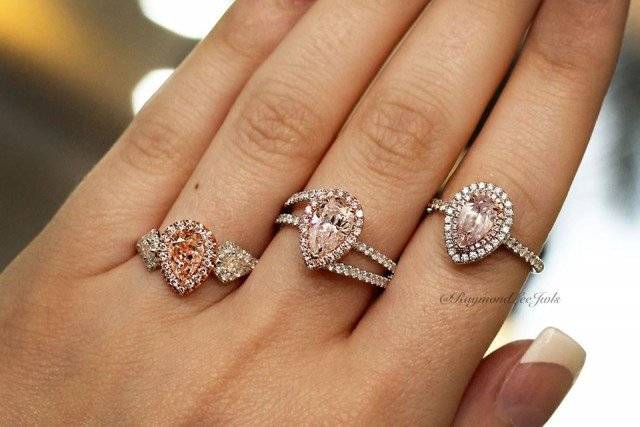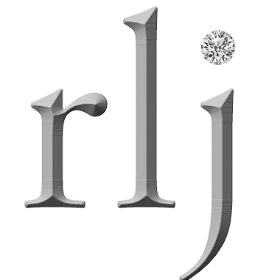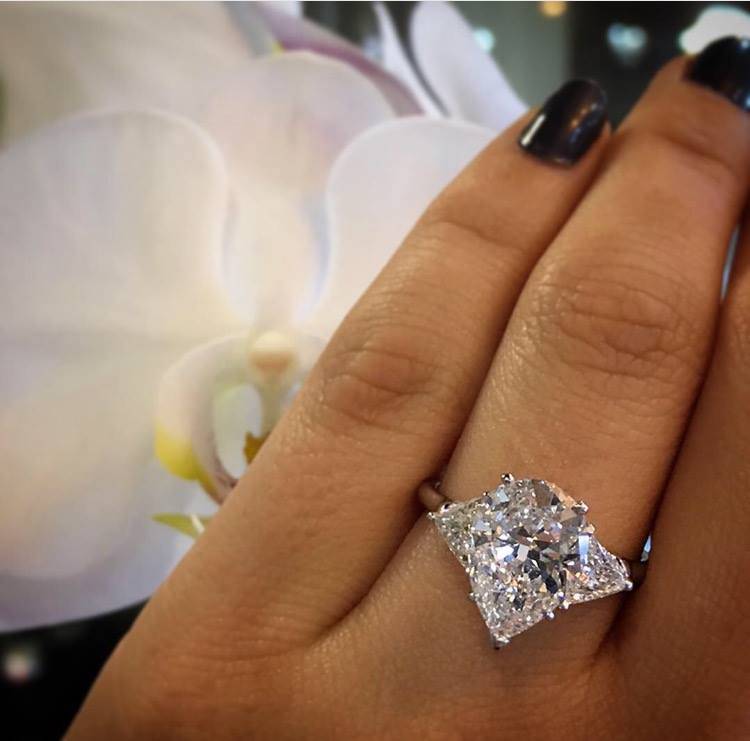Everything You Need to Know About Pear Shaped Diamonds

Pear shaped diamonds are due for a comeback. We’ve been in favor of this for years. And 2016 might just be the year we finally see a resurgence in the popularity of this under-appreciated diamond shape.
Related: 2016 Engagement Ring Trends
But before you’re ready to say yes to a pear shape, you need to be in the know. Here’s what you need to know about the beauty of pear-shaped engagement rings and diamonds.
The pear shape is officially known as a modified brilliant cut, and it’s a combination of a round brilliant and a marquise cut diamond.
It developed first in the 15th century, when Flemish Lodewyk van Berquem of Bruges, inventor of the diamond-polishing wheel, pioneered the briolette cut. From there, it evolved over time, until the emergence of the modern pear-shaped diamond in the 1900’s.

The typical length to width ratio ranges from 1.40 to 1.70, with individual preference as the only determining factor of which shape is “best.” Pear shapes usually have 58 facets, although the number of pavilion facets can be between 4 and 8.
Symmetry is very important in a pear shape, it should have even shoulders (the parts by the curve) and wings (the parts by the tip) so that there are no straight angles. The tip should also be evenly centered over the apex of the diamond’s curved base. Pear shaped diamonds tend to hold color towards the tip, so they look best in H color and above.
Related: Everything You Need to Know About Diamond Color
And about that tip – it’s the most sensitive part of a diamond. It’s prone to chipping and fractures. It’s also the closest to the edge of the rough diamond before the final product is shaped, cut and polished, so it’s likely where any naturally occurring inclusions and blemishes will be found.
Because of this, pear shapes do well with a prong right at the point. It both hides any imperfections and protects the structural integrity of your diamond.
Another element of pear shaped diamonds every admirer should know about is the bow tie effect. The bow tie effect, as you can guess, looks like a man’s bow tie. It’s a shadowy pattern found in elongated brilliant cuts like oval, marquise, and our precious pear shape. It’s a result of the faceting pattern, and usually doesn’t detract from the beauty of the stone. You’ll know it when you see it, and only you can decide how prominent it can be before it makes the diamond a no-go for you.

So, let’s break down the attributes of beautiful pear shaped diamonds
Pros:
- Elongated shape makes the diamond look larger & your fingers look slimmer
- Less in-demand shape means a lower price-per-carat compared to the on-trend shapes like princess and cushion
- That same lower demand? Means your ring will stand out in a crowd.
- Looks fabulous set into a halo style engagement ring, which brings this classic shape into modern times
Cons:
- Symmetry is super important. you need a higher cut grade (but you should always buy the best cut grade you can afford!)
- The bow tie effect – it can be very pronounced, and it’s not something you can see on a certificate. You need to see a pear shape in person before buying it.
So, is a pear shaped diamond for you?



Comments are closed.